Nestled between seven mountains and the fjords of western Norway, Bergen stands as a city where history, culture, and nature intertwine seamlessly. Known as the gateway to the fjords, this UNESCO-listed city has long been a hub for trade, art, and maritime adventures. Its colorful wooden houses, cobblestone streets, and vibrant waterfront create a postcard-perfect setting that feels both timeless and alive.
The heart of Bergen beats in Bryggen, the iconic Hanseatic wharf that has watched over the harbor since the 14th century. These leaning wooden buildings, now painted in ochres and rust reds, whisper tales of stockfish traders and merchant alliances. Though fires have ravaged Bryggen repeatedly—most notably in 1702 and 1955—each reconstruction has preserved the spirit of the original structures. Walking through its narrow alleyways today, visitors catch whiffs of dried cod from basement warehouses and hear the creak of floorboards underfoot, much as Hanseatic merchants did six centuries ago.
Bergen’s relationship with water defines its character. The fish market at Torget, operating since the 1200s, remains a symphony of seabass slapping on ice and shrimp shells cracking under hungry fingers. Local fishermen still haul in catches from the North Sea, while chefs transform them into steaming bowls of fish soup or delicate salmon tartare. On misty mornings, when the harbor disappears behind curtains of drizzle, the market’s neon-clad stalls glow like beacons for those craving the taste of the ocean.
What surprises many is Bergen’s reputation as Norway’s cultural capital. Edvard Grieg composed his piano concertos in Troldhaugen, a lakeside villa where the piano still faces the water for inspiration. The Bergen International Festival each May floods the city with opera, theater, and avant-garde performances, while the street art scene—from the neon murals of Nøstet to the politically charged stencils along Skostredet—proves creativity here isn’t confined to concert halls. Even the rain seems artistic, transforming the city into an impressionist painting when it sheets down between the rooftops.
The surrounding landscapes demand exploration. Fløibanen funicular carries visitors 320 meters above sea level in under eight minutes, revealing a panorama where rooftops blend into fjords and islands. Harder hikers tackle Mount Ulriken’s cable car followed by the three-hour trek across Vidden to Fløyen, passing stone cairns and cloudberries along the way. Meanwhile, fjord boats weave through the archipelago, where waterfalls like the 150-meter Tvindefossen remind passengers of nature’s sheer force. Locals have a saying: "There’s no such thing as bad weather, only bad clothing." It’s an ethos that serves well when sudden squalls roll in from the Atlantic.
Modern Bergen thrives in its contradictions. The Bergen Light Rail’s sleek cars glide past 18th-century warehouses converted into tech startups. Michelin-starred restaurants like Lysverket reinterpret reindeer and cloudberries within brutalist concrete walls, while students pack into Dickensian pubs like Finnegans for pints of local Hansa beer. Even the graffiti seems respectful here—a stencil of playwright Ludvig Holberg gazes thoughtfully from a brick wall near the university he helped establish in 1946.
Winter brings a special magic when gingerbread versions of Bryggen appear at Pepperkakebyen (the world’s largest gingerbread town) and the Christmas market fills Festplassen with gløgg and hand-knit mittens. Yet summer’s midnight sun reveals why Norwegians call this season "the blue time"—when twilight lingers until 2 AM and the harbor mirrors pastel skies. Whether wrapped in scarves against the drizzle or squinting into the Arctic sunlight, Bergen leaves visitors with the sense of having discovered a place that exists somewhere between fairy tale and fishing ledger—a city built on salt cod and symphonies, where every alleyway leads to another story.
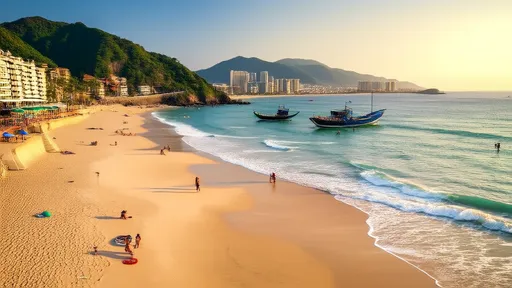
By /Jun 9, 2025
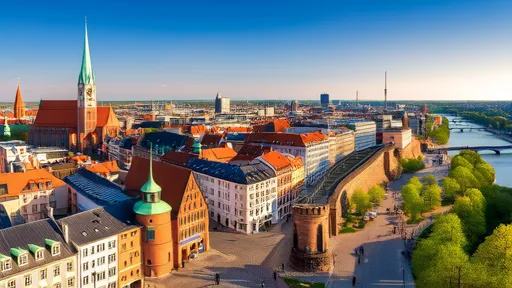
By /Jun 9, 2025
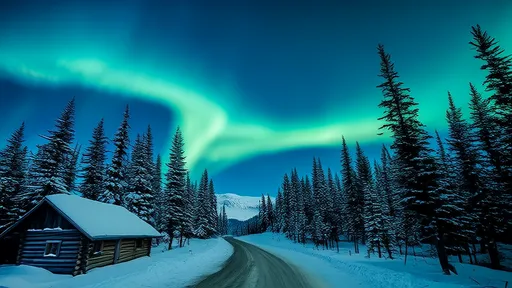
By /Jun 9, 2025
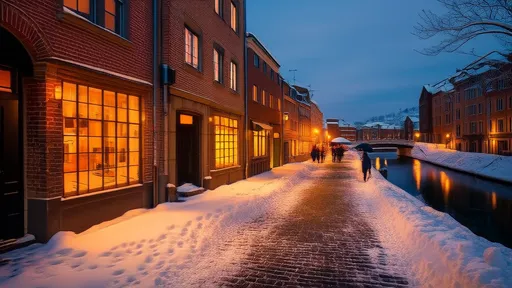
By /Jun 9, 2025
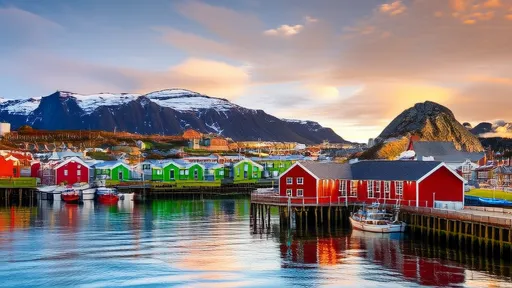
By /Jun 9, 2025
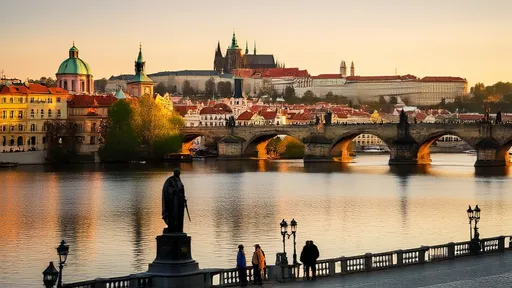
By /Jun 9, 2025
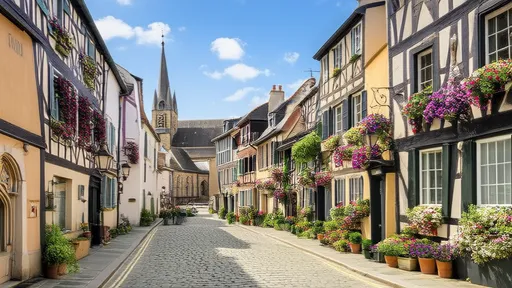
By /Jun 9, 2025

By /Jun 9, 2025
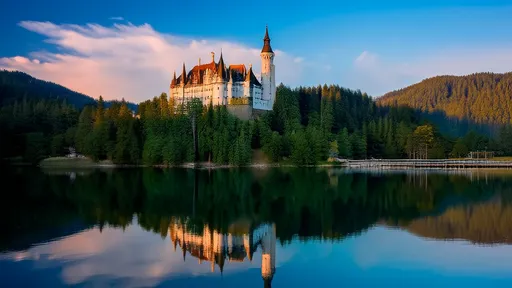
By /Jun 9, 2025
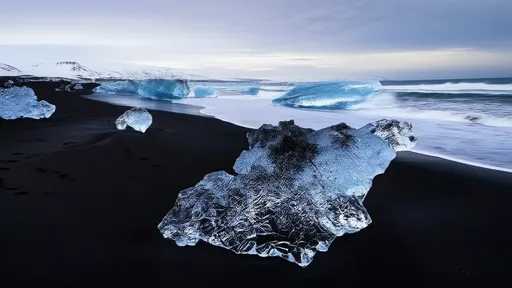
By /Jun 9, 2025
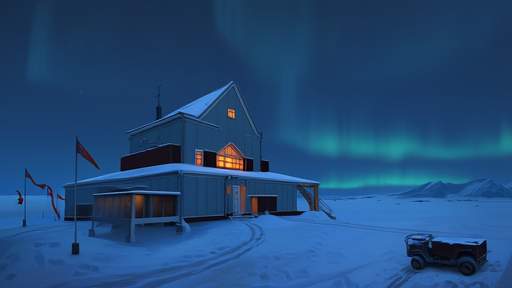
By /Jun 5, 2025
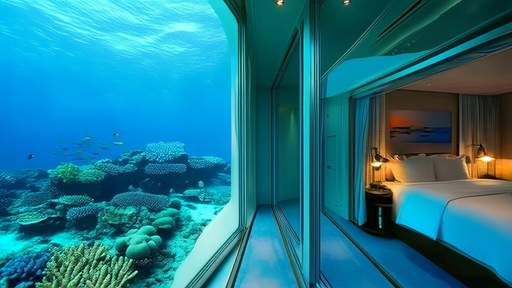
By /Jun 5, 2025
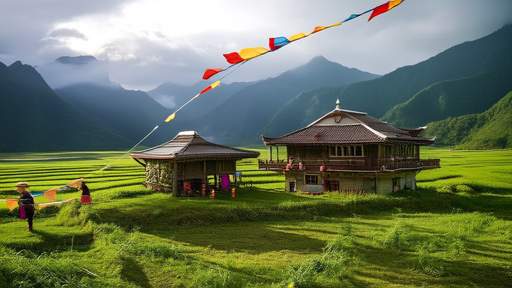
By /Jun 5, 2025
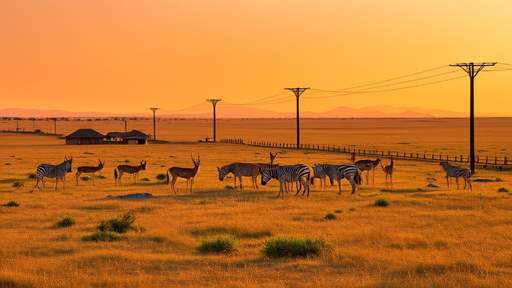
By /Jun 5, 2025
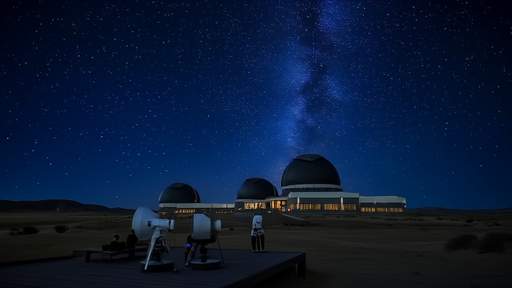
By /Jun 5, 2025
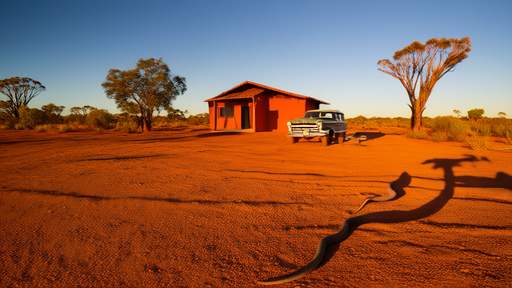
By /Jun 5, 2025
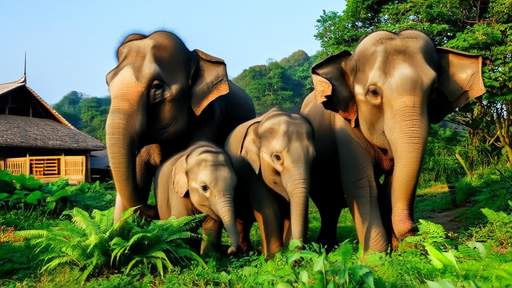
By /Jun 5, 2025
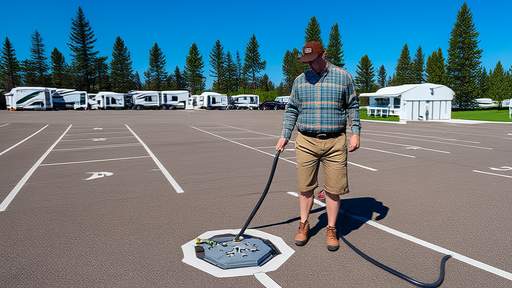
By /Jun 5, 2025
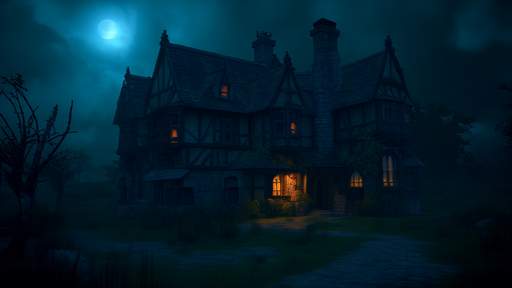
By /Jun 5, 2025